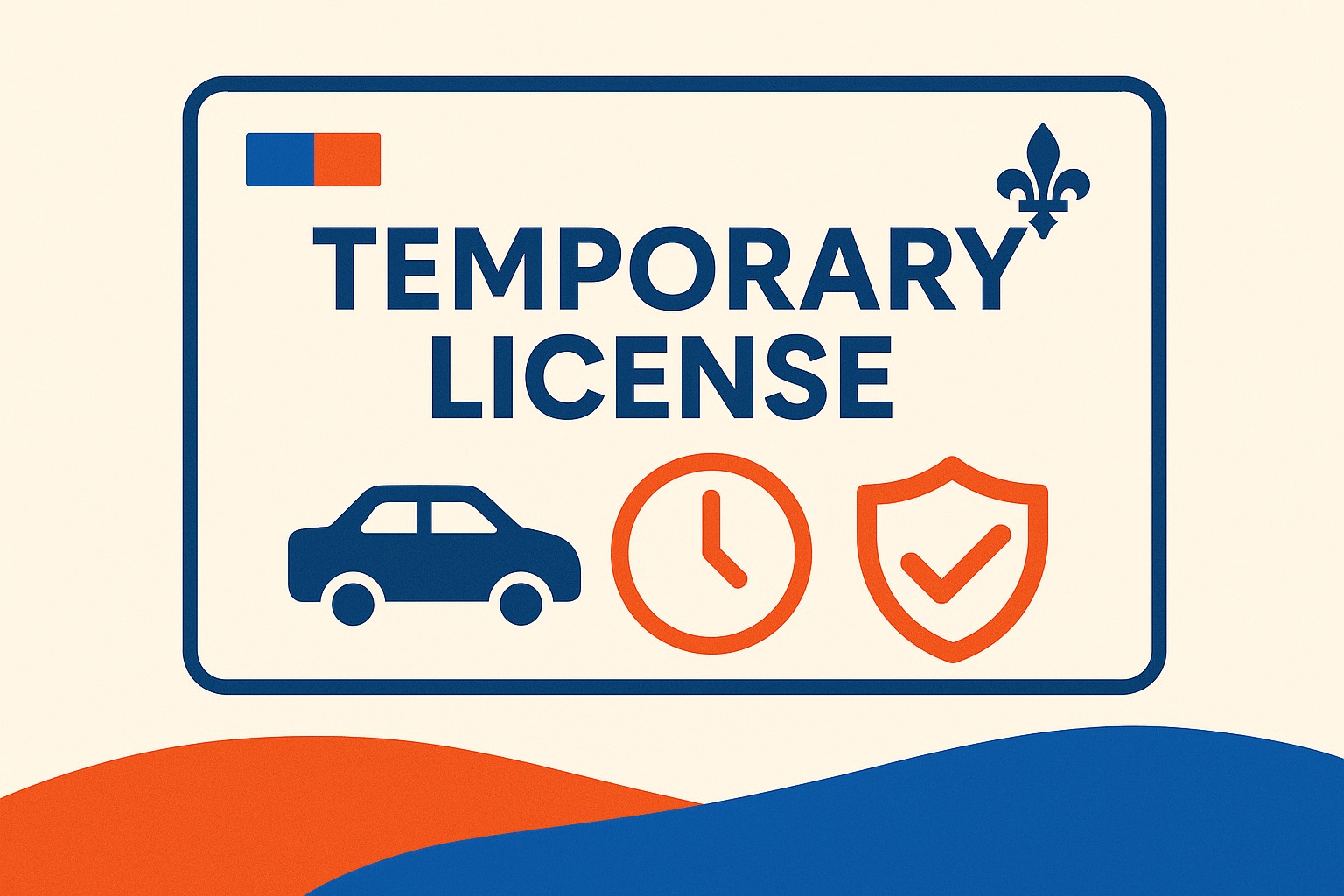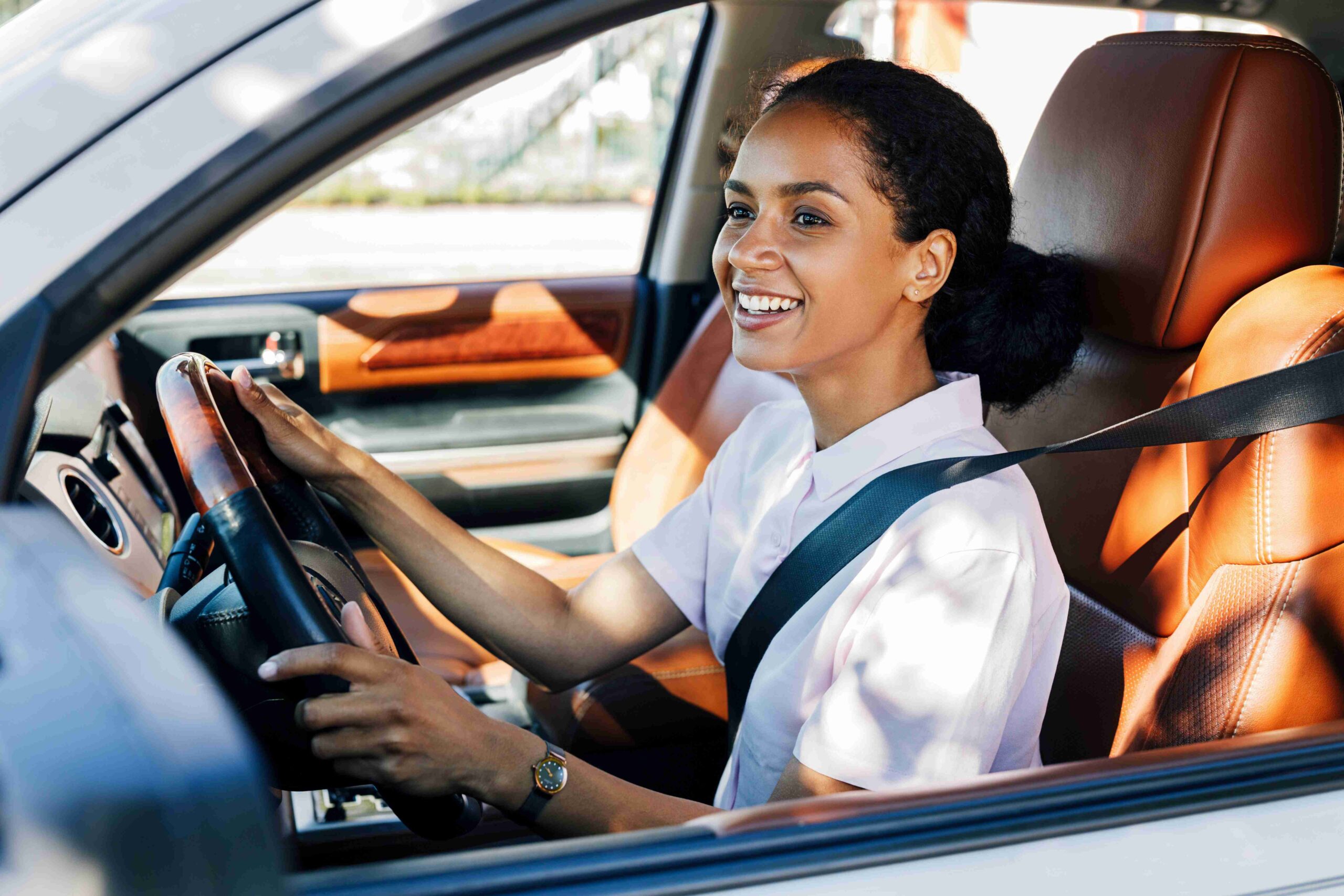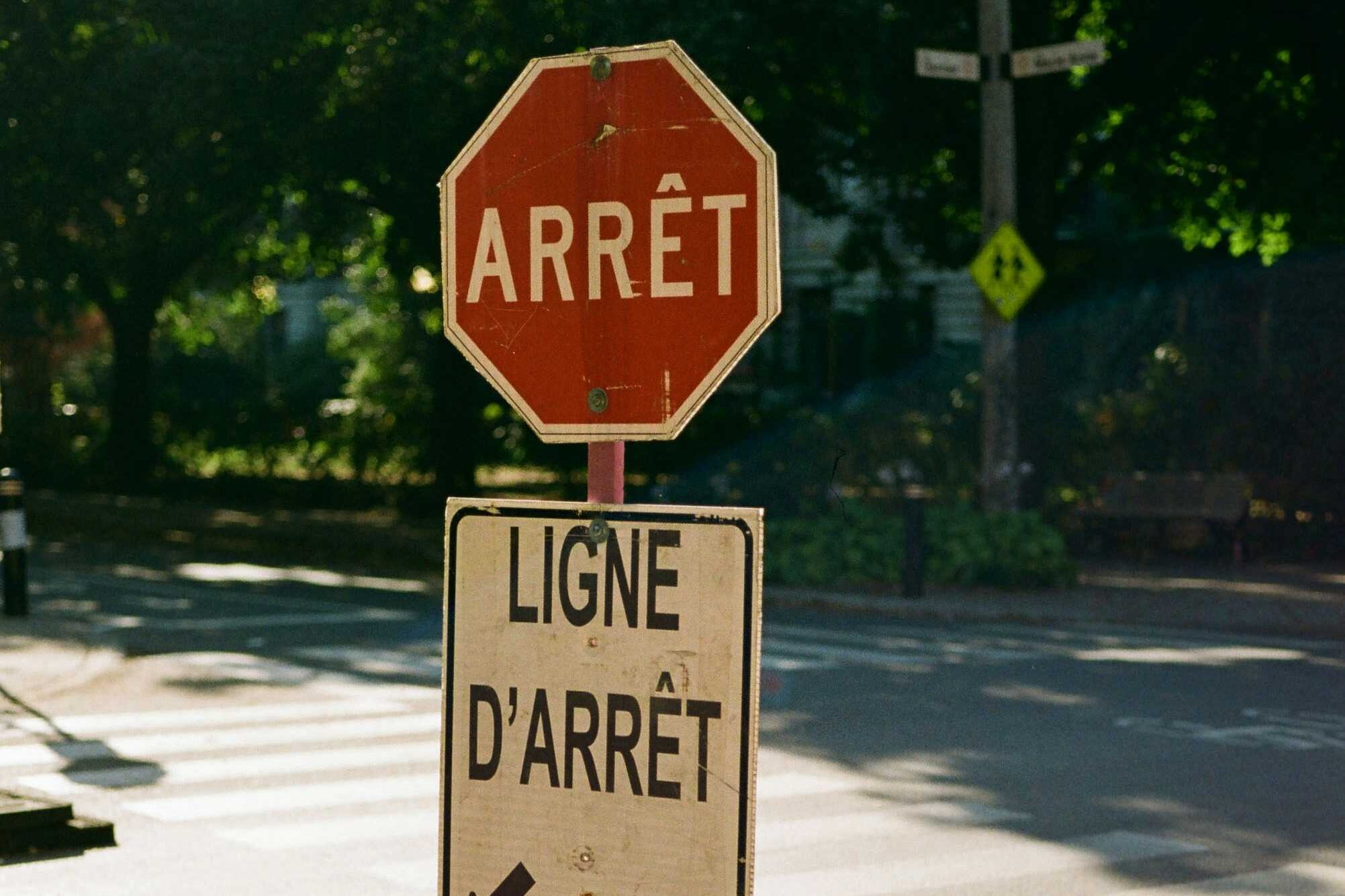In theory, everyone knows to stop when a school bus lets school children get on or off. But in practice, behaviors observed are quite different on the road. First and foremost, think safety. Young school children, age 5 or 6, are simply not aware of the danger around them; their vigilance will develop with age. When a little older, some like to defy the most basic safety rules.
Know how to read the clues
Have you noticed that school buses now have yellow flashing lights in addition to the flashing red lights?
The driver activates them to warn you that he is getting ready to activate the red lights. Well, well, it looks like the concept of traffic lights
So, at the sight of flashing yellow lights on a school bus, stop if it is safe to do so.
You can also foresee that the bus will stop when approaching a railway crossing whether there is a train or not.
Where and when to stop
Once the flashers are activated, you must not cross or pass the school bus. Those who forget will learn the consequences with a hefty fine and nine demerit points!
Whether you are facing or behind the bus, you must leave at least 5 meters between you and the bus, distance slightly longer than the length of your car.



